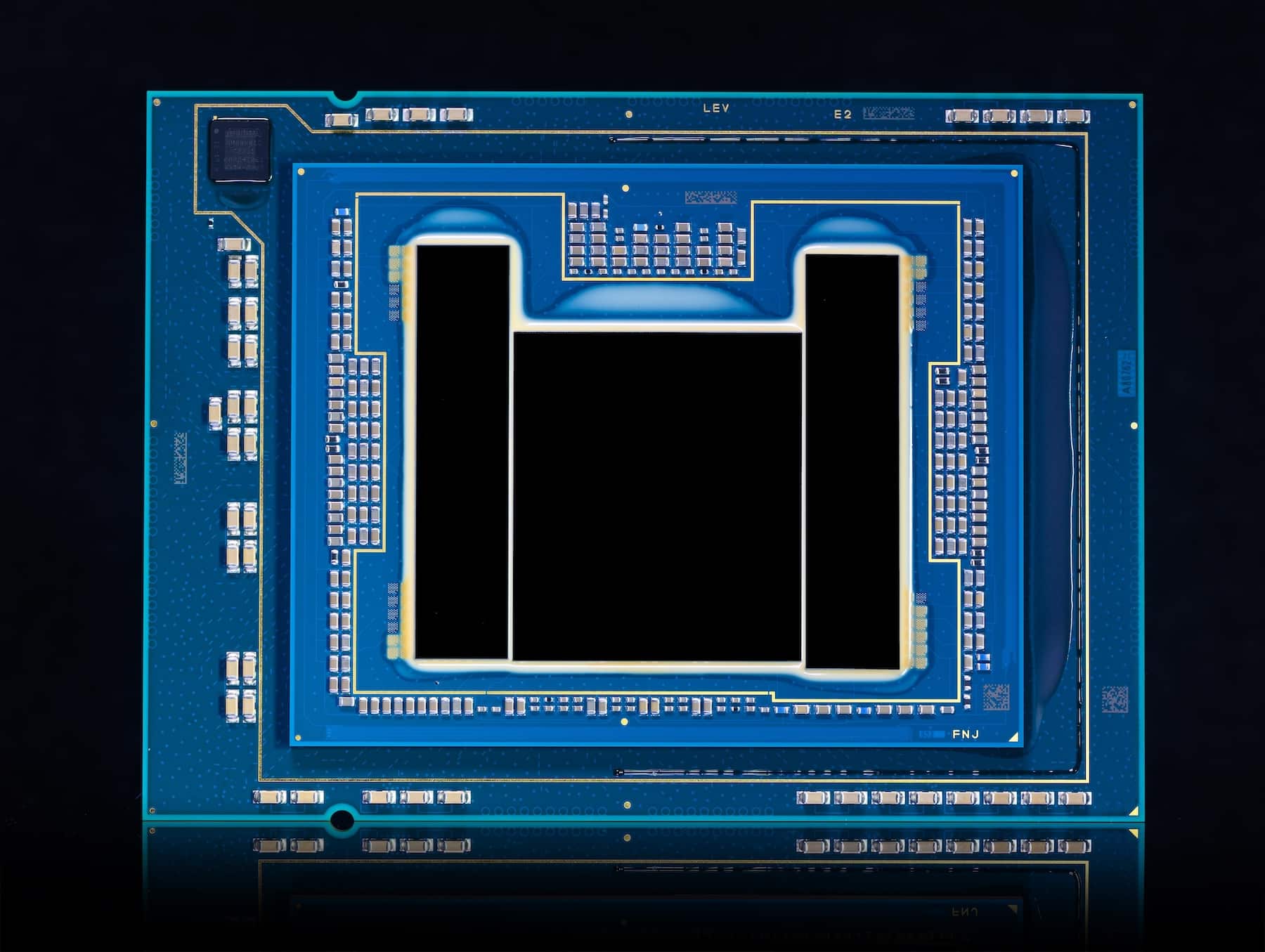Intel has announced that its processors Xeon® 6 with Efficient-cores (E-Cores) have rapidly gained traction in the 5G networking industry. Since their launch in June 2024, these processors have been validated by leading providers of 5G core solutions, demonstrating a 3.2 times increase in performance and a 3.8 times improvement in energy efficiency. Furthermore, thanks to the integration of the Intel Infrastructure Power Manager, energy consumption during operation has been reduced by 60%.
A Key Advancement for Network Modernization
Communication service providers (CoSPs) face the challenge of modernizing their networks without compromising performance or energy efficiency. With the Intel Xeon 6 processors with E-Cores, operators can shorten deployment times, reduce energy consumption, and minimize their infrastructure footprint.
“As 5G networks continue to expand with Intel Xeon processors, which are present in most global 5G networks, efficiency, energy savings, and performance are essential factors. With the Intel Infrastructure Power Manager, our partners can reduce energy consumption in real-time without impacting performance,” explained Alex Quach, vice president and general manager of Intel’s Core and Wired Network Division.
Industry Impact: Strategic Collaborations
Intel has collaborated with major telecommunications and technology companies to optimize their platforms with Xeon 6 with E-Cores, achieving key breakthroughs in network efficiency.
BT Group
The UK’s largest telecommunications provider has integrated the Xeon 6 with E-Cores into its infrastructure, achieving a more efficient and sustainable network.
Dell Technologies
The Dell PowerEdge R670 servers, designed for 5G networks, have been optimized with these processors, allowing operators to reduce costs and their infrastructure footprint.
Ericsson
Ericsson has implemented Xeon 6 with E-Cores in its Cloud Native Infrastructure Solution (CNIS), optimizing data traffic and reducing energy consumption by 3.8 times compared to previous configurations.
Hewlett Packard Enterprise (HPE)
HPE has validated its ProLiant Compute Gen 12, optimized for telecommunications, with Intel processors, achieving high-density servers with lower power consumption per bit.
Nokia
Nokia has integrated the Xeon 6 with E-Cores into its 5G Packet Core solution, achieving a 60% reduction in energy consumption in commercial servers.
Samsung
Samsung has announced that the next generation of Samsung Cloud Native Core will include these processors, achieving a 3.2 times improvement in performance.
Innovation in Energy Management: Intel Infrastructure Power Manager
One of the highlights of this new generation of processors is the Intel Infrastructure Power Manager, a tool that allows frequency adjustments in milliseconds and the reduction of energy consumption without compromising latency or performance. Thanks to this solution, companies like SK Telecom have achieved a 32% reduction in daily energy consumption in real traffic environments.
Showcasing at Mobile World Congress 2025
Intel will showcase the advancements made with the Xeon 6 with E-Cores at the MWC 2025 (Hall 3, Booth 3E31), where attendees will have the opportunity to see firsthand how these solutions are transforming 5G network infrastructure.
With the collaboration of industry leaders and technologies focused on energy efficiency and high performance, Intel continues to pave the way toward a more sustainable and efficient telecommunications infrastructure.

